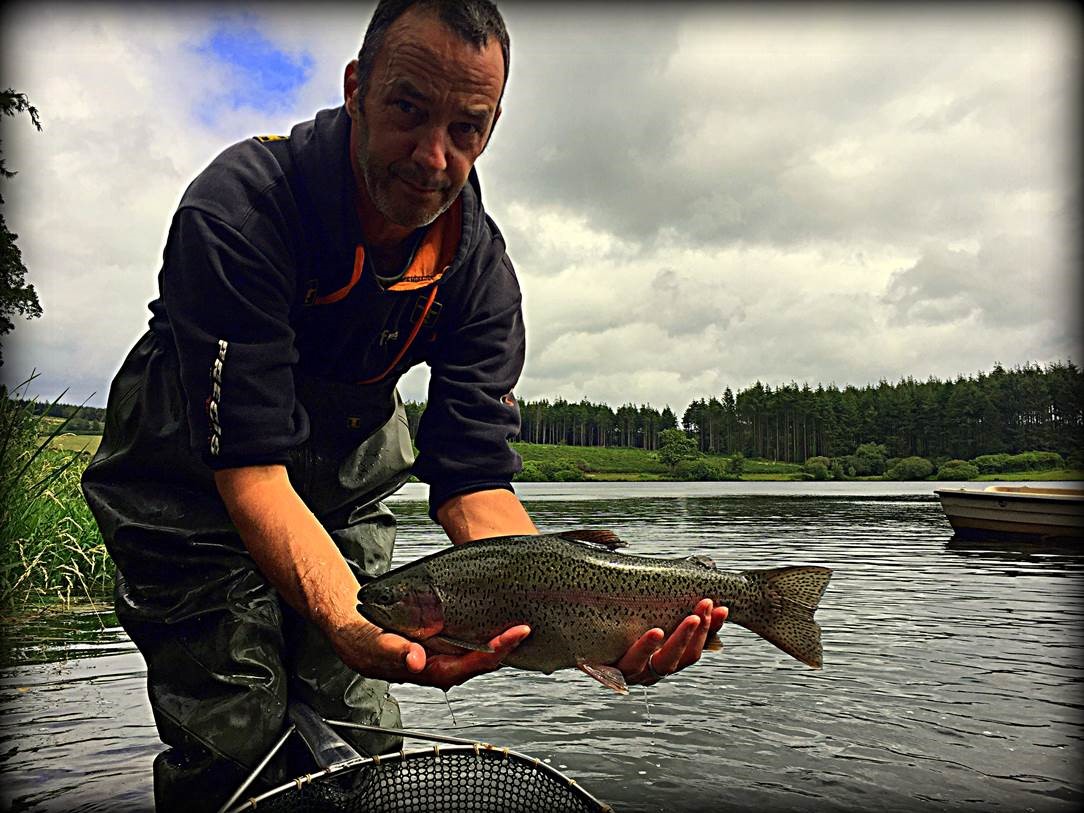
South West Lakes Trout Fisheries Report (August 2017)
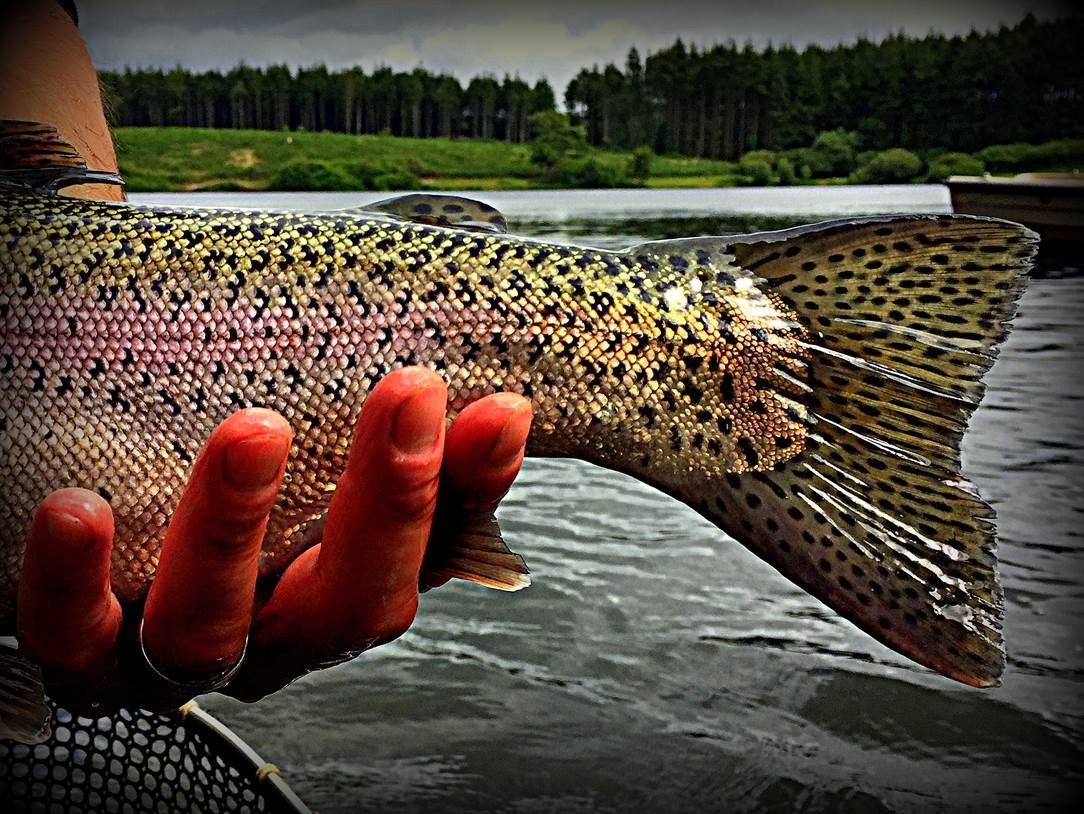
General:
Although water temperatures dropped slightly (to around 18 ºc) in August, the reservoir fishing across the region proved challenging, particularly with Rainbows. Generally bag numbers and the size of fish caught were down on previous months, with Brown Trout, particularly in the evenings, providing the best sport. The Trout, particularly Rainbows, have been lethargic and not keen to feed, preferring to retire to the cooler, deeper waters of the fisheries. Water levels continue to drop, exposing fresh areas of bank.
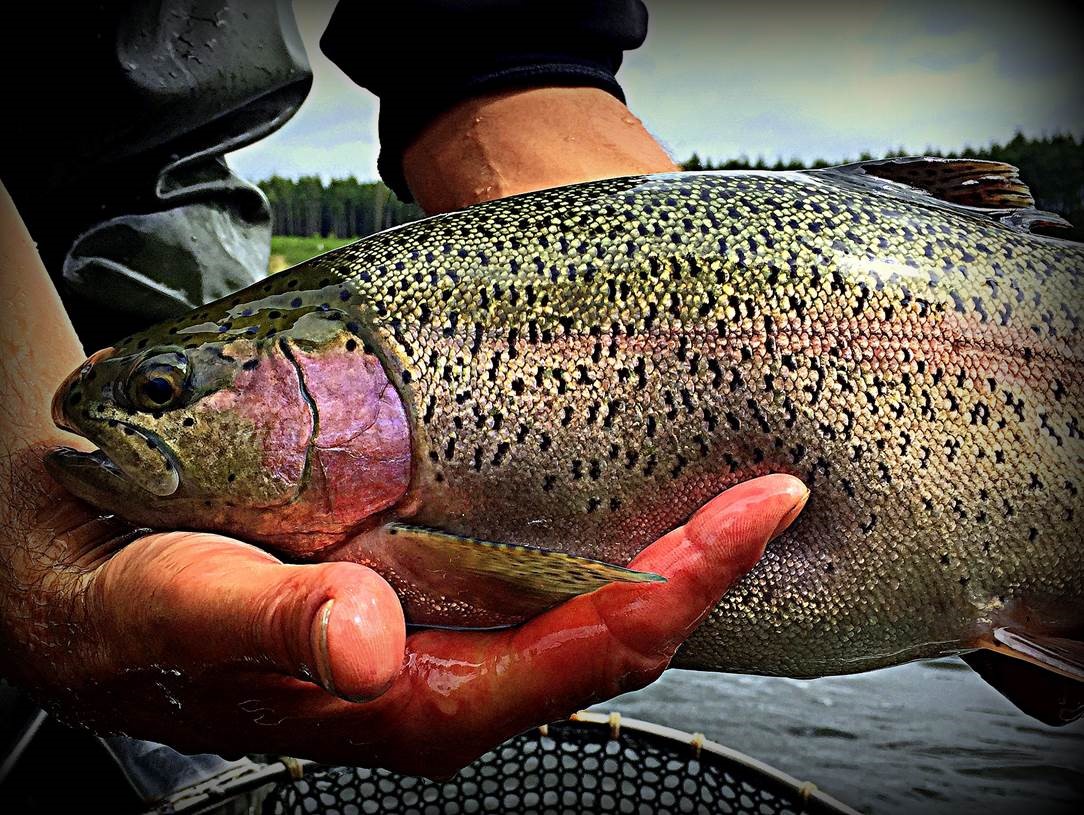
Fishing:
Kennick – The Top End, Narrows and Boat Bay proved to be the most productive areas for both boat and bank anglers, with the best sport to be had in the mornings and evenings. The most popular fly patterns included Damsel Nymphs, Diawl Bachs and teams of Buzzers fished at varying depths, with deeper fish taking Boobies and Tadpoles. The occasional fish would rise to small midges and Black Gnats, particularly in the evenings. The best fish caught included a 3lb 12oz Rainbow, caught by Mr R Goss from Exeter, using a Booby and a 3lb 9oz Rainbow, caught by Phil Bryant from Ermington, using a Cruncher. Barry Ware from North Tawton caught a bag of 11 fish whilst fishing from the bank early in the month. The majority of fish stocked and caught during August were Brown Trout.
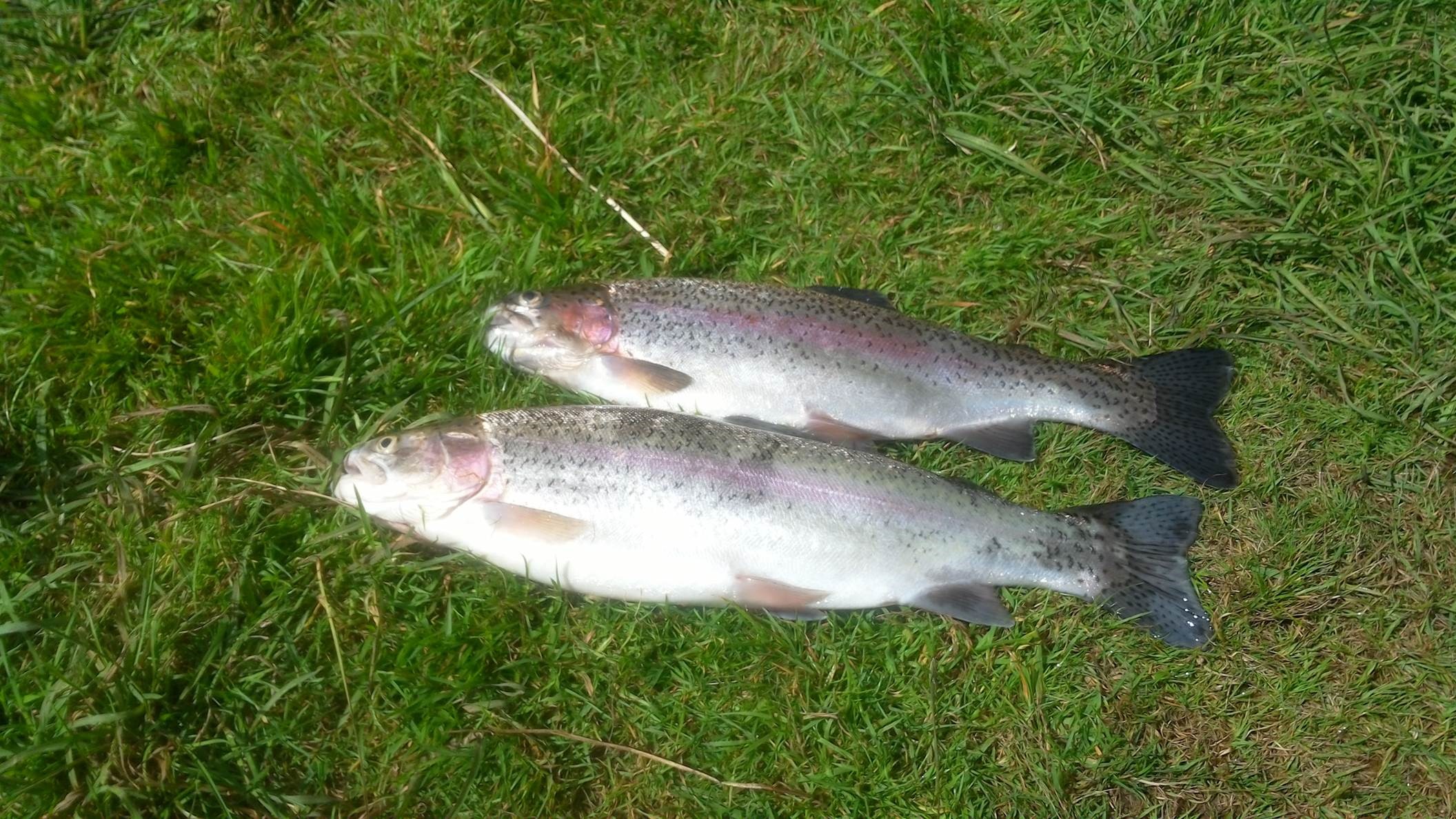
Siblyback – The majority of catches during August were taken either from Stocky Bay or Two Meadows, with late afternoons and evenings the best time to fish. Although few fish were feeding from the surface, the occasional fish could be tempted to rise to Hopper patterns, sub-surface Montanas and teams of Buzzers as well as deeper-fished weighted dark patterns (Black Tadpoles and Gold-head Nomads in particular) which proved to be the most successful method.
Burrator – The banks at Longstone Peninsula and the South Bank produced the best fishing over the month, with Bobs Bits, Buzzer Emergers and Black Gants all taking rising fish. The majority of fish, however, have again been caught on sub-surface nymphs (Damsel Nymphs, Montanas, Black Crunchers and Black and Peacock Spiders) fished on either sink-tip or intermediate lines, with more fish now being taken on dark lures (Boobies and Tadpoles) fished on sinking lines. Local angler Alan Lawson caught the best fish of the month, a 3lb 3oz Rainbow caught on a drowned Black Gnat.
Stithians – The presence of midges and beetles over the water meant that fish continued to look to the surface for food, with a variety of dry patterns, including Sedges, Hawthorns, various emergers patterns, Muddlers, F-Flies and Black and Peacock Spiders fished in the surface film, all producing results. The majority of fish, however, were taken on nymphs and wet patterns, particularly teams of Buzzers, Caddis pupa, Pheasant Tail Nymphs and Hares Ears. Fish were well spread out over the fishery, with the best locations including Pipe Bay, Sluice, Goonlaze Bank, Pub Bay, Carmenellis Bank and Yellowort Bay. Mr R Lambourne from Lanner caught a number of Rainbows of around 2lb using a dry Deerhair Sedge and Claret Emergers.
Roadford – With fish rising in the mornings and evenings, small dry patterns (Black Gnats and Black Spiders in the surface film) have been fishing well, particularly off the banks (Daveys and Gaddacombe). There are also large numbers of damsel and dragonfly nymphs present and Roadford’s Brown Trout are feasting on these. Damsel and large olive nymphs are producing good results. Boat anglers are enjoying success, either fishing nymphs into the banks or pulling muddlers and lures over the boils.
Colliford – Large Browns are chasing shoals of sticklebacks in the shallows near the dam – pulled lures and muddlers should produce some exciting sport.
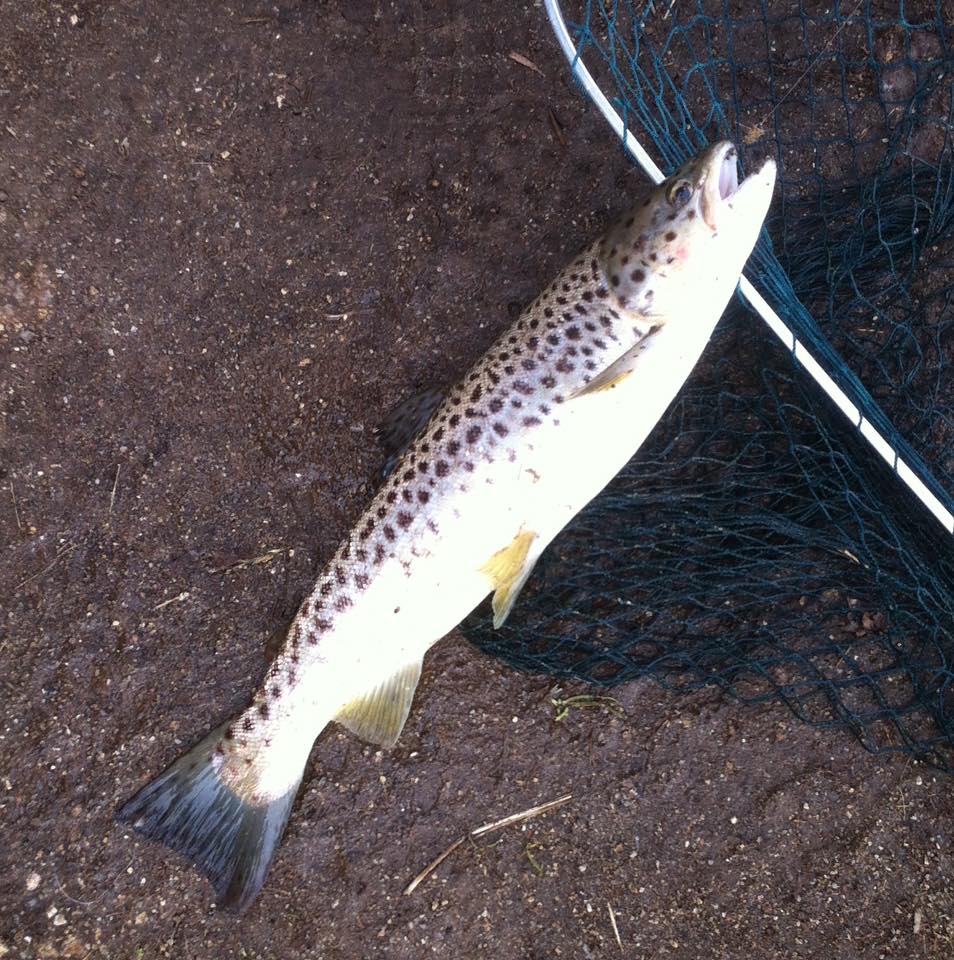
Wistlandpound – Anglers averaged just under two fish per rod, with the best fishing in the deeper water by the dam and from the jetty, generally with small nymph patterns.
Chris Hall (August 2017)

